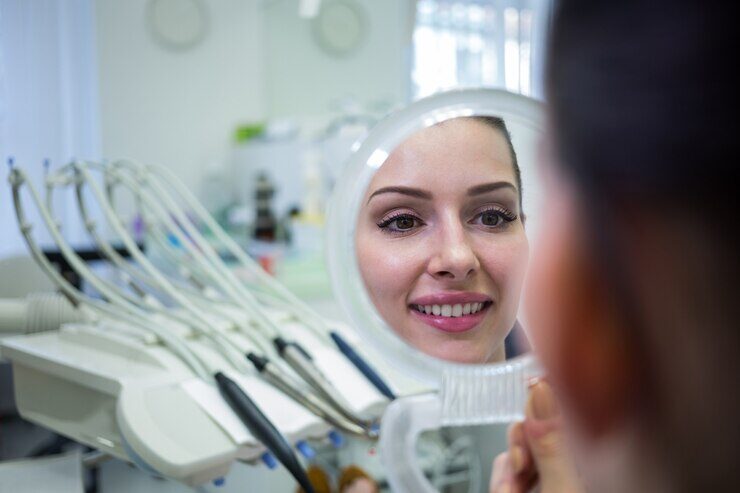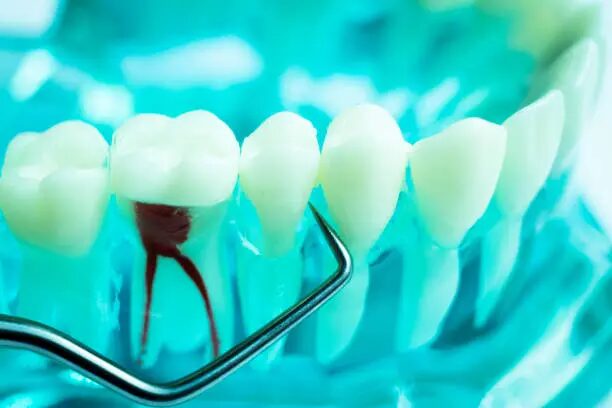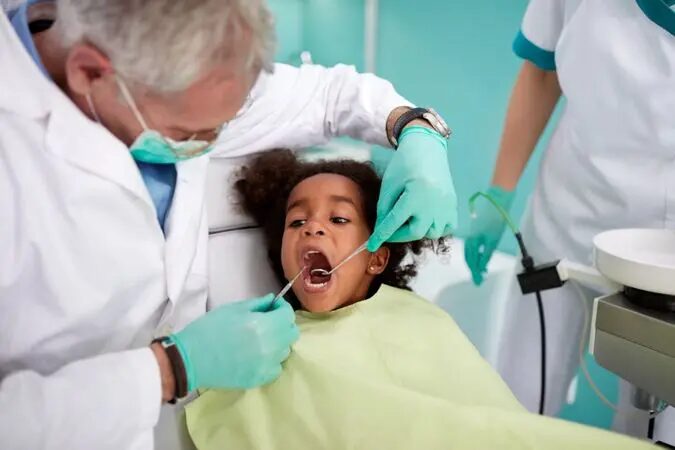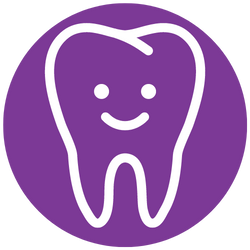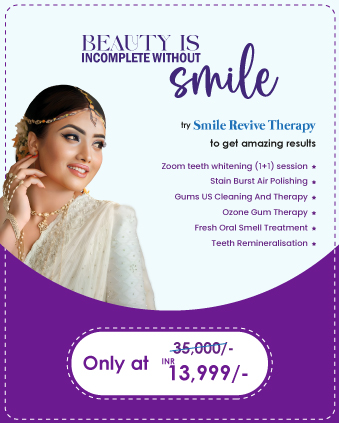The days of heavy metal braces and hats are long gone. Advances in dentistry and orthodontics have introduced many new types of braces for children and adults. When it comes to modern orthodontics, there are many types of braces, some of which are so advanced that no one will ever know you’re wearing braces.
Traditional Braces
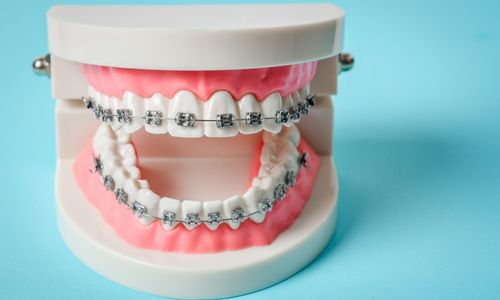
When you think of braces, the first things that come to mind are metal braces and wires or “metal bites” that are firmly bonded to your teeth. Today’s traditional braces are far less invasive or overt.
Most are smaller and contain heat-activated wires that use body heat to accelerate results and reduce associated pain.
Pros of traditional braces
- Most economical
- Color band available (consult your orthodontist for ring options)
Cons of traditional braces
- They are the most noticeable of all types of braces.
Ceramic Braces
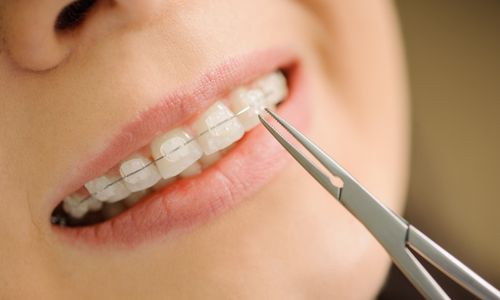
Ceramic braces are popular with adults. That’s because it’s made of an unobtrusive translucent material. Some come with tooth-colored wires to make them even more attractive.
Pros of ceramic braces
- They are less obtrusive than metal braces and move teeth faster than clear plastic braces (Invisalign).
Cons of ceramic braces
- Also more expensive than metal straighteners.
Invisalign
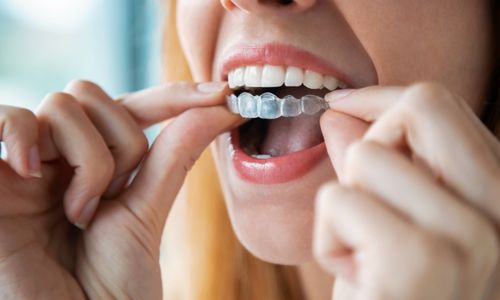
Metal braces and ceramic braces, Invisalign braces resemble mouthguards. Invisalign is one of the most popular orthodontic treatment options. Made of clear plastic, Invisalign is unobtrusive. Keep in mind that the aligners on these braces are replaced every two weeks.
Pros of the Invisalign
- Invisalign does not restrict food and drink
- Invisible and difficult to determine if you are wearing braces
Cons of Invisalign
- Aligners are slightly more expensive to replace
- They are not suitable for complex dental problems
- Invisalign is only available for teens and adults
- Does not provide faster results than conventional braces
Lingual Braces
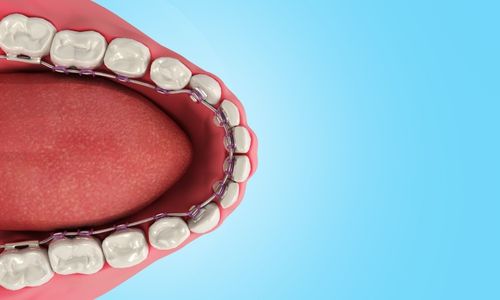
Well, these braces mimic metal braces exactly. The only difference is that it fits snugly on the inside of the bite. Lingual braces are rarely used in orthodontic treatment.
Pros of lingual braces
- They are fixed on the inside of the teeth and are therefore visually inconspicuous
Cons of lingual braces
- Expensive
- Lingual braces are difficult to clean
- Not suitable for complex dental problems
- Lingual braces commonly cause a lot of initial discomfort.
Self-ligating braces
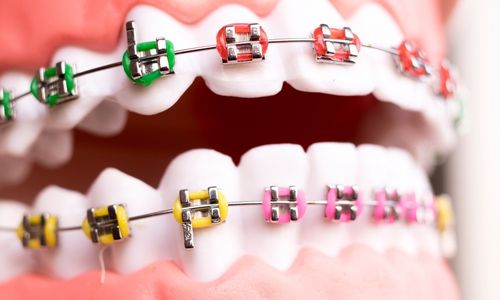
Audience: Children, teenagers, and adults.
The self-ligating straightener uses staples and clips to form a sliding mechanism. This system allows the wire to move on its own, giving you faster results without the use of elastic bands.
Although the material is expensive, self-ligating brackets only need to be adjusted once every 8 to 12 weeks. This keeps the average price range from $4,000 to $7,000.
- 12 Free Consultations
- 10% off on all Treatments
- 1 Free Smile Assessment
Pros of self-ligating braces
- Fewer visits.
- Fast results.
- Less friction and less discomfort. The
- Is easy to keep clean.
Cons of the self-ligating bracket
- The bracket design may be less precise.
- It cannot be easy to keep clean.
- Patients have food restrictions.
If you are still wondering what braces treatment to get, we at DS Dental Clinic give professional advice and treatment because if you smile brightly we smile.
Don’t let dental problems go untreated – schedule an appointment with our team of experienced dentists today and let us help you get back to a healthy, pain-free smile. Contact Dant Suraksha Dental Clinic now to schedule your appointment.


